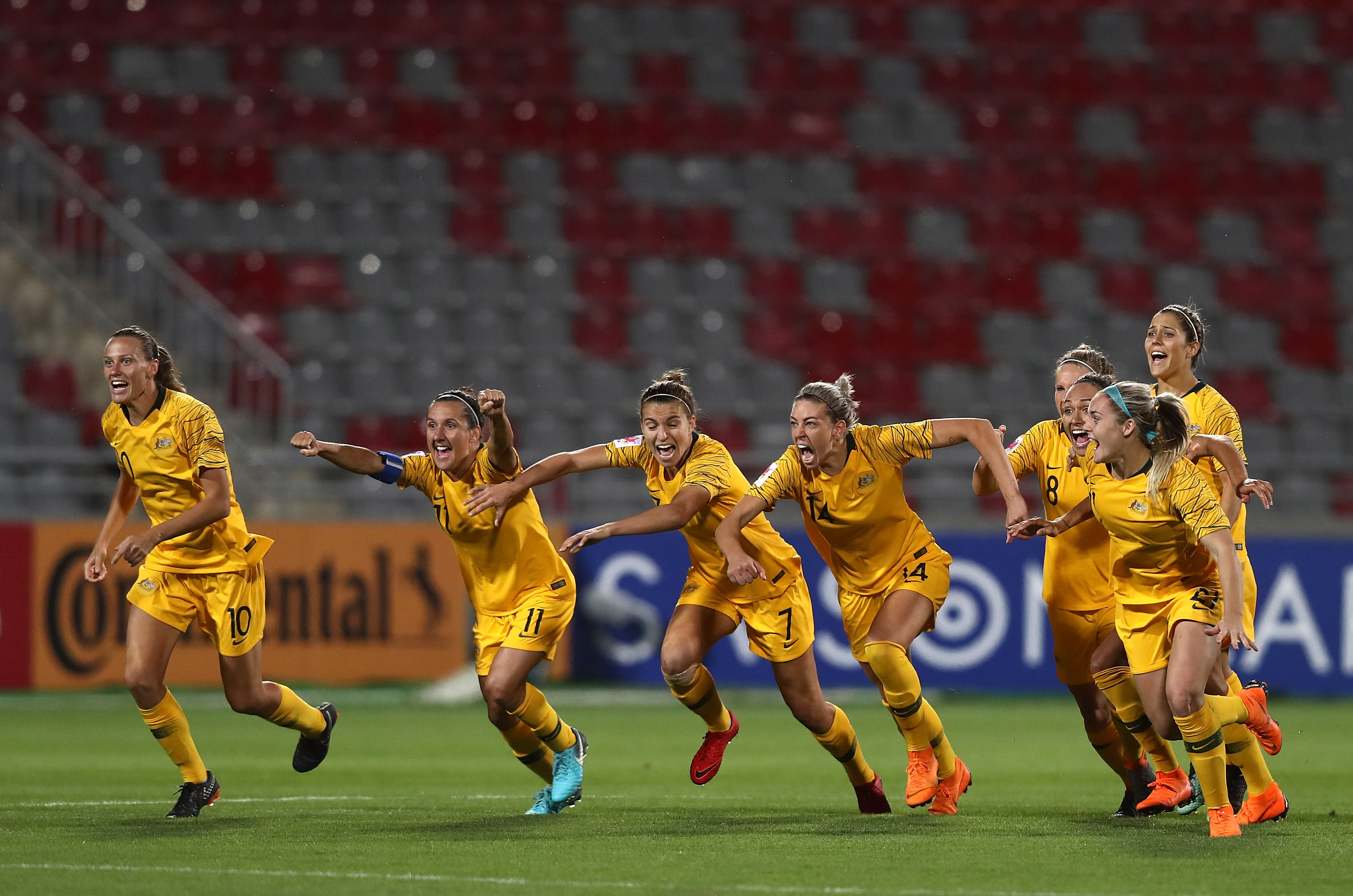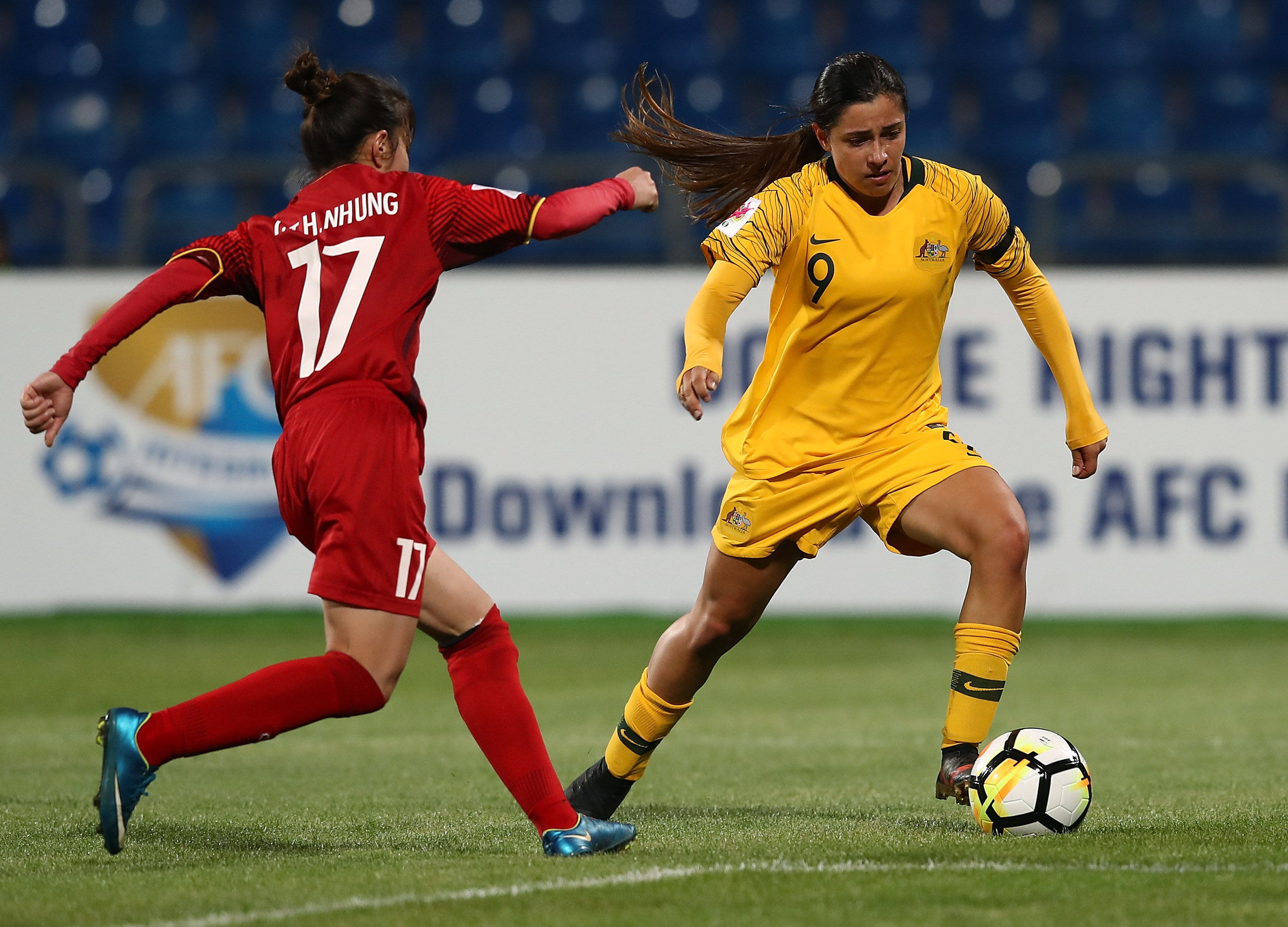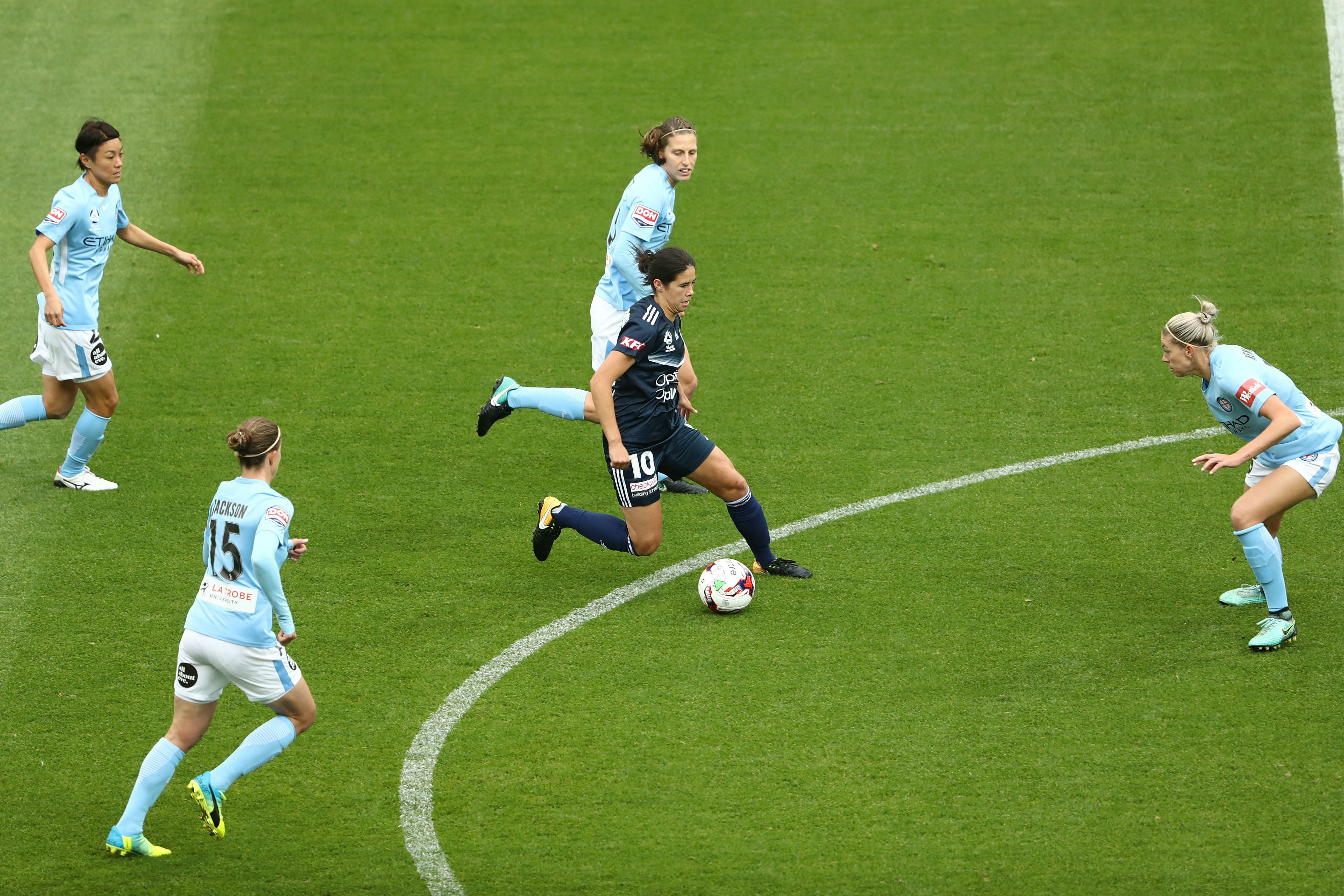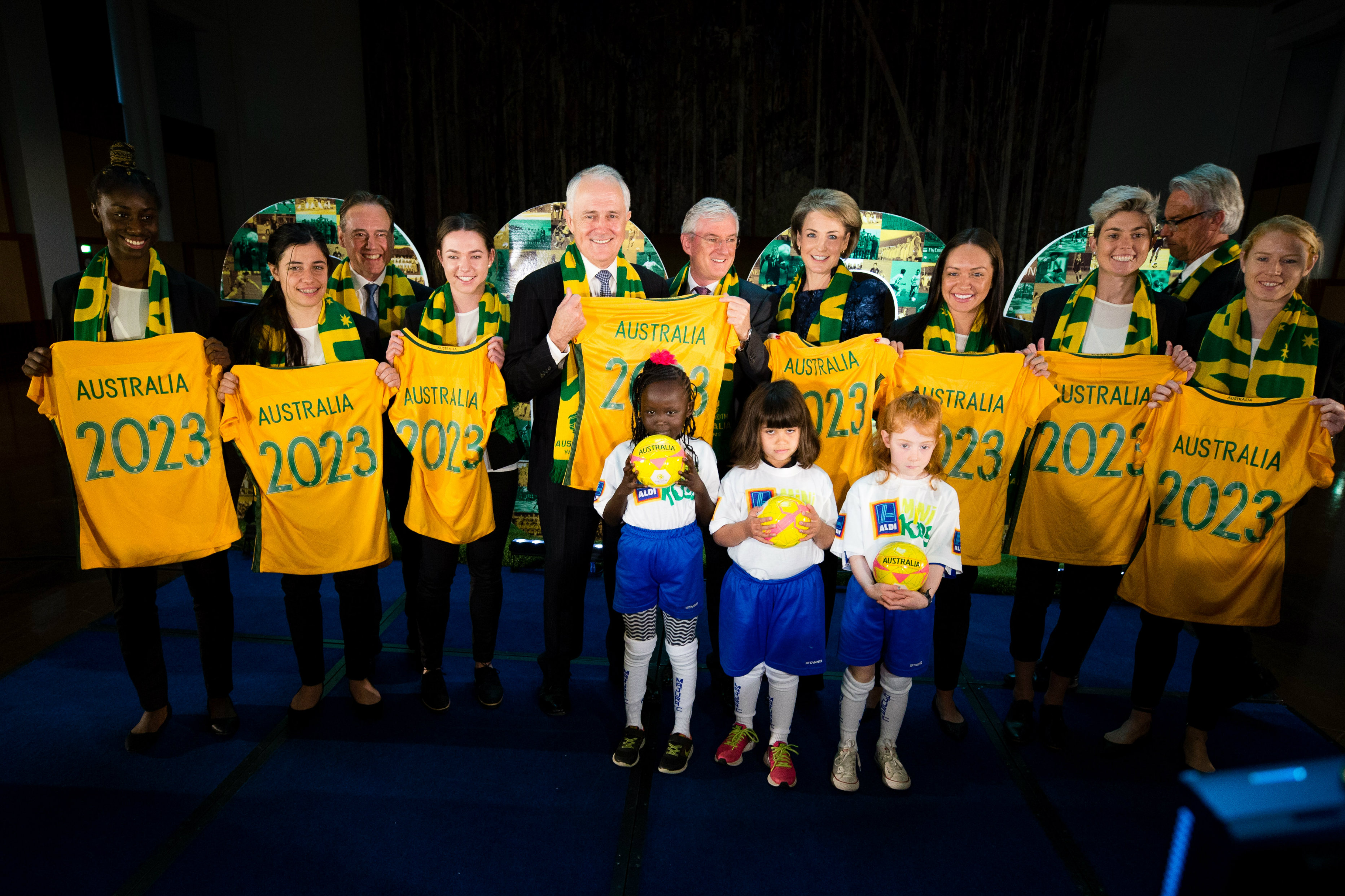On Monday 14 May, the Westfield Matildas took a big step forward.
It won’t make headlines and it doesn’t involve names like Sam Kerr, Steph Catley or Caitlin Foord.
It won’t help Alen Stajcic’s team win a match next month or even next year – when the girls travel to France for the 2019 FIFA Women’s World Cup.
But despite this, the official launch of the Future Matildas program on Monday 14 May has the potential to create long lasting benefits for the sport and the women’s national team.
READ: NWSL wrap as Sam Kerr scores in all-Aussie clash
READ: A mum's 4,000 hour sacrifice to make a Westfield Matilda
While the Westfield Matildas have been enjoying success on the park – reaching the FIFA Women’s World Cup quarter-final in 2015, qualifying for the 2016 Rio Olympics, winning the Tournament of Nations in 2017 and finishing runners up at the 2018 Asian Cup – the growth of the senior team has masked the gaps in girls’ youth development system.
The Future Matildas program has been introduced specifically to address these.

“It’s taken quite a long time to pull all the pieces of the puzzle together but we’re very fortunate that we have the support of the NSW Institute of Sport and FFA to help get this off the ground,” Westfield Matildas head coach Alen Stajcic explained to matildas.footballaustralia.com.au.
“This program fills a void in our pathway that’s been there for five or six years after the collapse of the state institute programs.”
Stajcic added: “Our elite female players are playing three or four months in the W-League and then go overseas for seven or eight months.
“But the ones who don’t go overseas, there’s a void back home with quality of competition and quality of training which doesn’t only impact current Matildas but also rising stars in terms of their daily training environment.”
Which is where the success of the Future Matildas program is vital to help produce the next generation of Westfield Matildas stars.

For the most promising young female players in the country, many come through their State Federation-run National Training Centre programs before being signed up by Westfield W-League clubs. But once they turn 18, and are no longer eligible to play and train at NTC level, players have no choice but to return to their respective National Premier League competitions in the Westfield W-League’s offseason.
“In recent years, it’s been the State Federations who have been carrying the can for developing female footballers,” said Westfield Matildas assistant coach Gary van Egmond who acts as head coach of both the Young Matildas and the Future Matildas program.
“Up until Under-17s, with the NTC programs, that’s been the charter of State Federations to ensure they have the best possible pathway. Clubs are now starting to get on board and are starting to invest in female football, but at this moment in Australia we don’t really cater for 17 to 20 year olds.
“At 17, if you haven’t become a Young Matilda, gone overseas or made the Westfield Matildas, that’s a very young age to be thinking ‘well that’s me done and dusted’.
“What this program ensures is that prodigious young talents [15 to 17] from across the country can be in a full-time environment.
“And on the flip side, some of the older talent [18 to 20] from can also come into the environment to see how they can continue to develop and flourish.”
Through many months of negotiations and discussions, organisations from various levels have come on board to back the initiative led by Stajcic.

Now, some of the Westfield W-League’s best young talent like Kyra Cooney-Cross, Emily Condon, Cortnee Vine, Clare Hunt and Jada Whyman are accelerating their development with five training sessions a week catered around their school and work timetables, multiple gym sessions as well as weekly mid-week games against boys and playing in the NSW Women’s NPL competition.
“We’re offering players a centralised, full-time football program that’s also about ensuring what they’re doing with school or university or helping them from a job perspective or a study perspective,” van Egmond added, with players who have moved interstate placed in work and education and put up with a host family.
“It’s a fairly holistic view, so it’s about the person not just the athlete.”
For Stajcic, the holistic make-up of the Future Matildas program will help players well beyond just ensuring the best play and train with the best, with increased volume and intensity.
What truly makes this a game-changer in youth development is the long game.
“This isn’t just about the 2023 World Cup,” Stajcic said.
“It’s about having a pathway there forever, where [the 2023 team] will see the first benefits.

“It’s about ensuring we have program for a long time where players from around the country can aspire to be and it’s another bridge between getting into a W-League team and then eventually into the Matildas.”
Stajcic added: “The best part about this program is the collaboration between so many bodies: the FFA with the State Federations – Football NSW have been extremely important, the NSW Institute of Sport, state government funding, AIS support, and speaking to Northern NSW, ACT and Victoria I know all the State Federations are behind the program.
“For football to have such a collaborative approach is a shining light into how these programs need to evolve.
“Australia as a country has so many disadvantages, from our geographical distance from the rest of the world, but this program is an initiative that shows how we need to think smarter if we’re going to compete with the rest of the world.
“Having our best players training together for six months of the year is certainly cutting edge and gives them the best opportunity to develop on the field and with support off the field – there’s no doubt we’re going to have one of the best youth programs in the world.”
